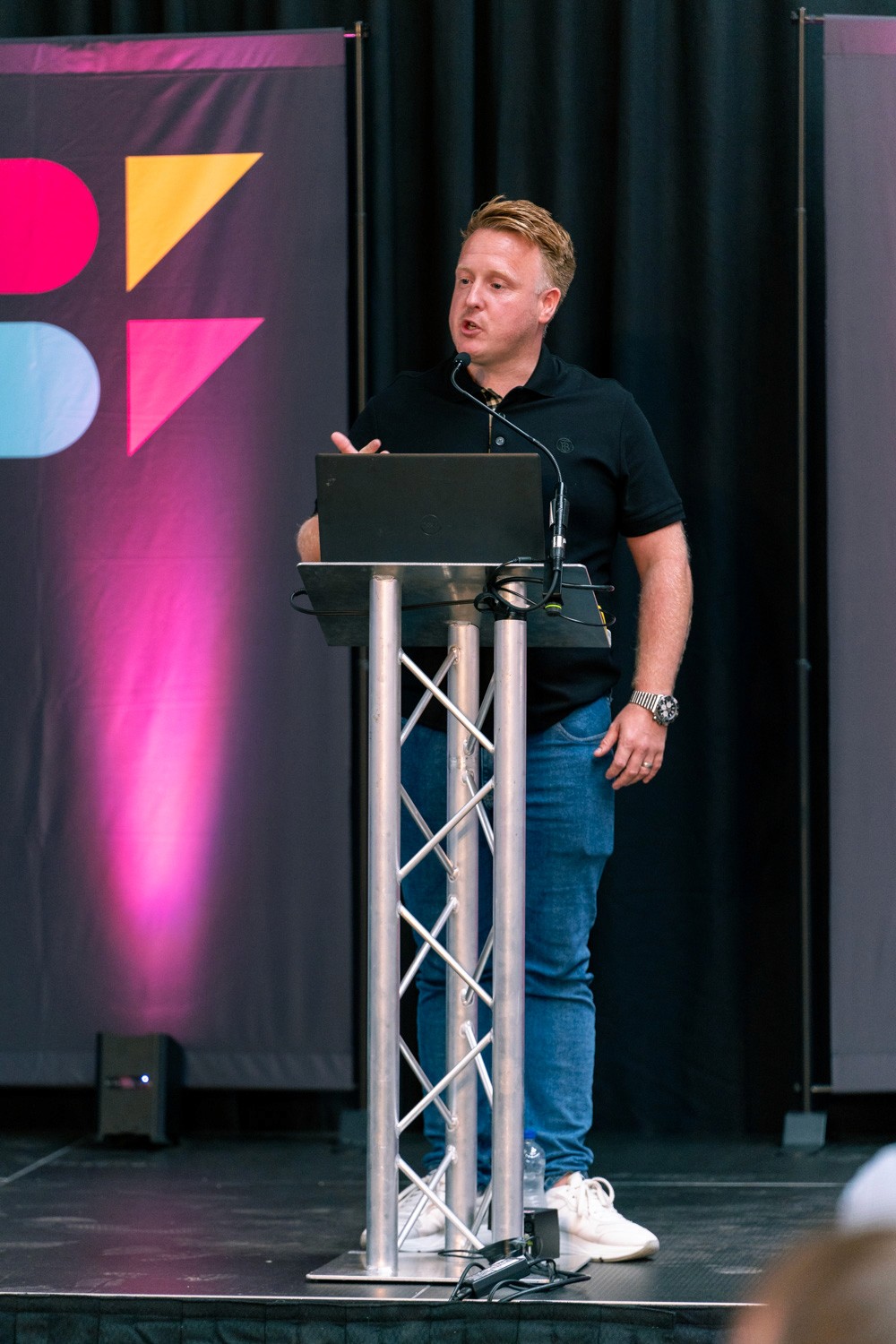Insights
/
The power of creative: Why business owners shouldn't underestimate the link between distinctive creative assets and business success
Apr 24, 2024
Standing out from competitors is no walk in the park in today’s business world, with research from Raydiant showing that 25 per cent of people are switching brands more frequently than ever before.
In a marketplace overflowing with options, it's crucial for every business to carve out a distinctive brand identity. Not only is this essential for building and retaining a loyal customer base, but it’s also instrumental in driving revenue growth, with findings from Lucidpress indicating that brands maintaining consistent presentation enjoy an average revenue boost of 10-20 per cent.
It’s all about brand positioning
Creating a unique identity for your brand is what we call 'brand positioning'. The anchor of most marketing plans, this is the process of positioning your brand in the mind of your customers and helps set your business apart from the rest.
While 60 per cent of consumers said they prefer to buy products from brands that are familiar to them according to Nielsen, truly effective brand positioning is accomplished not simply when your brand is recognised, but when it’s viewed as favourable.
This is achieved through several key elements that collectively define how your brand is perceived in the minds of consumers, including your Unique Value Proposition [UVP], brand messaging and customer experience.
However, arguably one of the most important aspects that is often overlooked by business owners when considering their brand positioning is creative assets.
The impact of creative assets on brand positioning
Your brand’s creative assets are the primary way in which consumers experience your business. But, according to new research from from Ipsos and Jones Knowles Ritchie [JKR], less than one in five [15 per cent] of brand assets are “truly distinctive”.
Having unique logos, colour schemes, and taglines is crucial to successfully positioning your brand and influences how it is perceived, remembered, and valued by consumers.
In a competitive marketplace, you need to be able to carve out a unique space, and creative assets play a pivotal role in this differentiation by encapsulating your brand's personality and values. For example, a well-crafted tagline can succinctly convey what sets your business apart from others in the same industry, helping it stand out in consumers' minds.
Creative assets also give you the power to evoke emotions and connect with your consumers on a deeper level and, with 94 per cent of customers more likely to recommend a brand that engages them emotionally according to Gensler, neglecting this aspect can weaken the bond between your brand and target audience, negatively impacting loyalty and engagement.
Visual elements, like imagery and colour schemes, can bring up specific feelings and associations that resonate with your target audience, so, by tapping into emotions, you can build stronger connections with your customers and foster loyalty and advocacy over time.
Consistency is also key to effective branding, and creative assets have a significant role to pay in maintaining brand consistency across all your various channels and touchpoints. When consumers encounter consistent visual and verbal cues from your brand, they develop a sense of familiarity and trust, reinforcing your brand's positioning in their minds.
The cost of getting creative assets ‘wrong’
While creative assets are meant to enhance brand positioning and resonate positively with consumers, there have been numerous cases of brands that have faced backlash due to their creative positioning.
In 2010, fashion label, Gap, unveiled a logo redesign which was met with widespread criticism from customers and design professionals alike. The new logo, featuring a simple Helvetica font and a blue square, was seen as uninspired and lacking the brand's identity. Gap ultimately reverted to its original logo after just one week due to the negative feedback.
Another example is Tropicana's attempt to refresh its packaging design in 2009, which resulted in significant uproar from consumers. The new packaging featured a minimalist design with a simple orange and a straw poking out, replacing the iconic image of a straw stuck in an orange. Consumers found the redesign confusing and generic, leading to a sharp decline in sales, and, like Gap, Tropicana swiftly reverted to its original packaging design.
These examples highlight the importance of careful consideration and alignment with brand values when developing creative assets. When executed poorly, your creative assets can alienate your consumers, damage your brand’s reputation, and undermine all your brand positioning efforts. It underscores the need to conduct thorough research, seek diverse perspectives, and remain vigilant about the potential impact of your creative decisions.
Collaborating with agencies that specialise in developing and implementing distinctive creative assets can help ensure your brand positioning efforts are well thought out and align with market trends and consumer preferences. This can reduce the risk of missteps in your brand positioning and help navigate potential pitfalls, ensuring your creative strategy matches your brand's goals.
Conclusion
More than just aesthetic elements, creative assets are essential strategic tools to shape how your brand is perceived and ensure it stands out in a crowded market.
Businesses that recognise the importance of creative assets in brand strategy are better positioned for long-term success and, by leveraging the right assets to develop a unique and authentic brand identity, you can connect with customers on a deeper level and build a loyal customer base for the long term.


